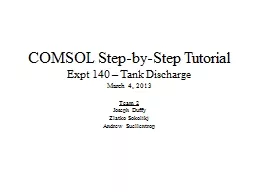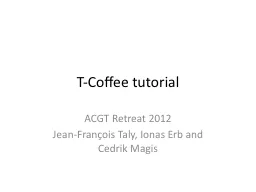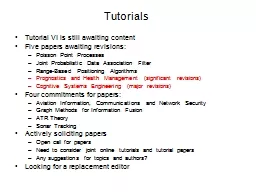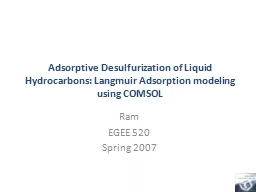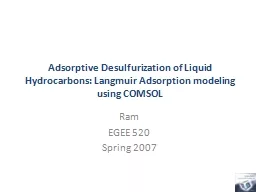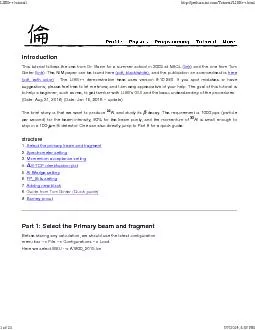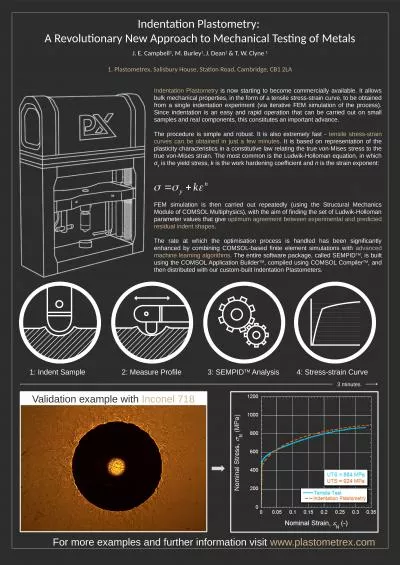PPT-COMSOL Step-by-Step Tutorial
Author : olivia-moreira | Published Date : 2016-05-20
Expt 140 Tank Discharge March 4 2013 Team 2 Joseph Duffy Zlatko Sokolikj Andrew Suellentrop This Comsol tutorial demonstrates how to perform the velocity profile
Presentation Embed Code
Download Presentation
Download Presentation The PPT/PDF document "COMSOL Step-by-Step Tutorial" is the property of its rightful owner. Permission is granted to download and print the materials on this website for personal, non-commercial use only, and to display it on your personal computer provided you do not modify the materials and that you retain all copyright notices contained in the materials. By downloading content from our website, you accept the terms of this agreement.
COMSOL Step-by-Step Tutorial: Transcript
Download Rules Of Document
"COMSOL Step-by-Step Tutorial"The content belongs to its owner. You may download and print it for personal use, without modification, and keep all copyright notices. By downloading, you agree to these terms.
Related Documents

